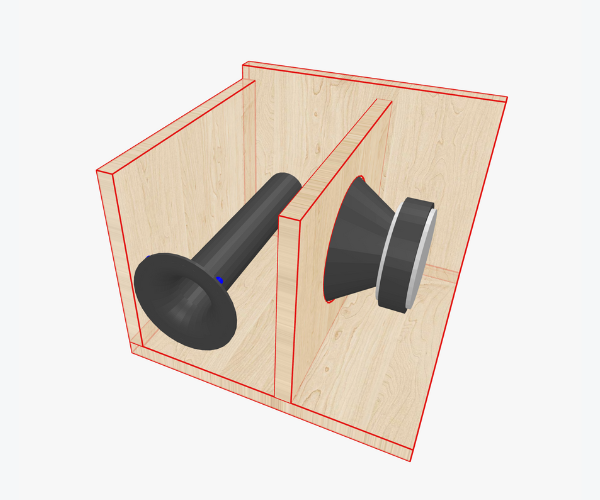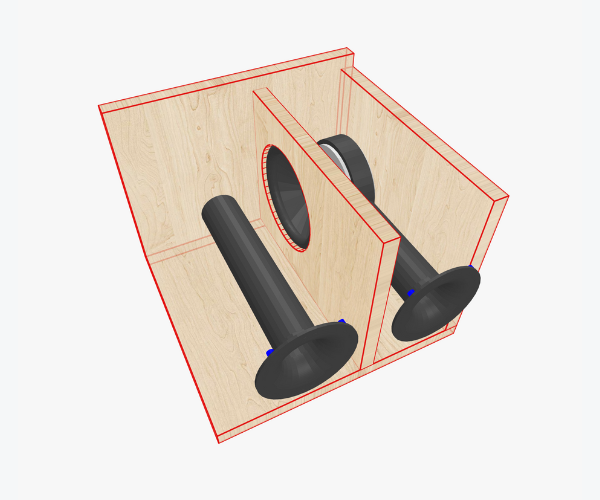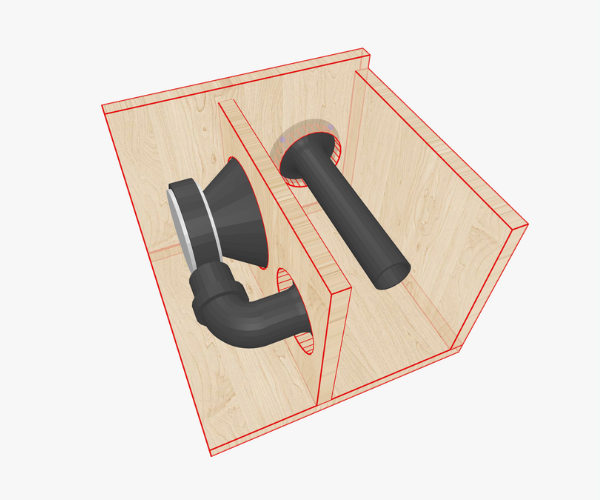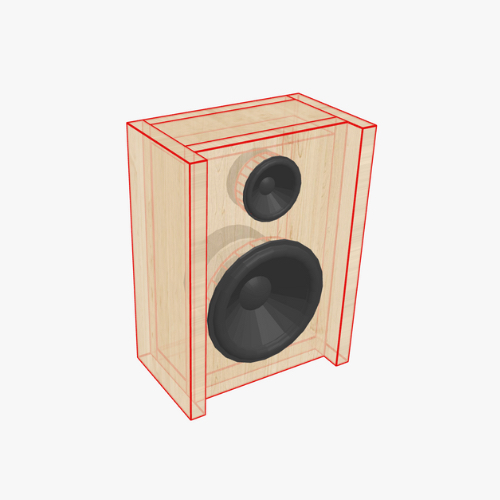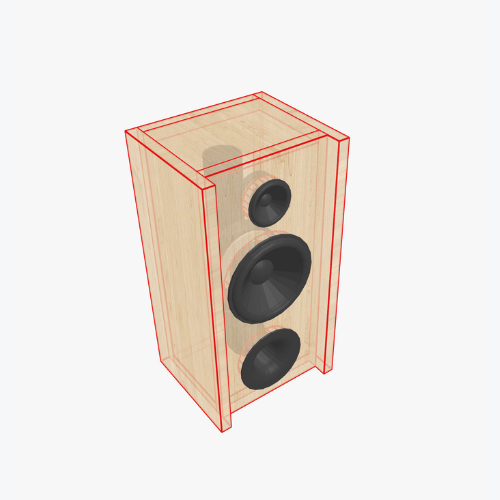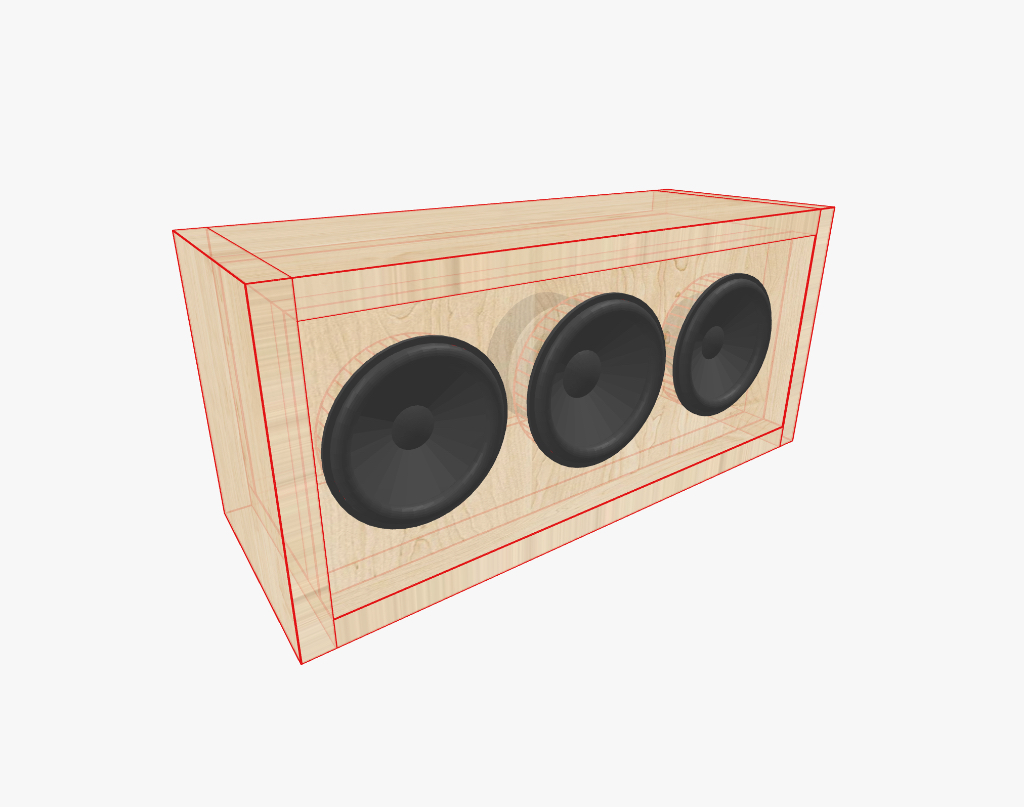The Allure of Band-Pass Enclosures
In the world of loudspeaker design, there is a particular type of enclosure that often sparks curiosity among enthusiasts: the band-pass box. Unlike sealed or bass-reflex designs, which let you hear the speaker directly, a band-pass enclosure hides the driver entirely inside the box. What you hear is only the filtered sound coming through ports or chambers. This design not only changes how the bass feels but also allows the builder to sculpt the frequency response like a piece of audio art.
Band-pass enclosures are called so because they act like an acoustic filter, letting through only a certain band of frequencies while cutting away the rest. They are particularly popular in car audio and in situations where powerful, focused bass is desired. With the right design, a band-pass system can produce incredible sound pressure levels, deep punch, and a distinctive “slam” that many listeners love.
But there is no single type of band-pass box. The variations are many, each with its own trade-offs in terms of size, tuning, efficiency, and tonal character. The most common families are the 4th order band-pass and the 6th order band-pass, which itself comes in two flavors: parallel-tuned and series-tuned. Let’s explore them one by one.
